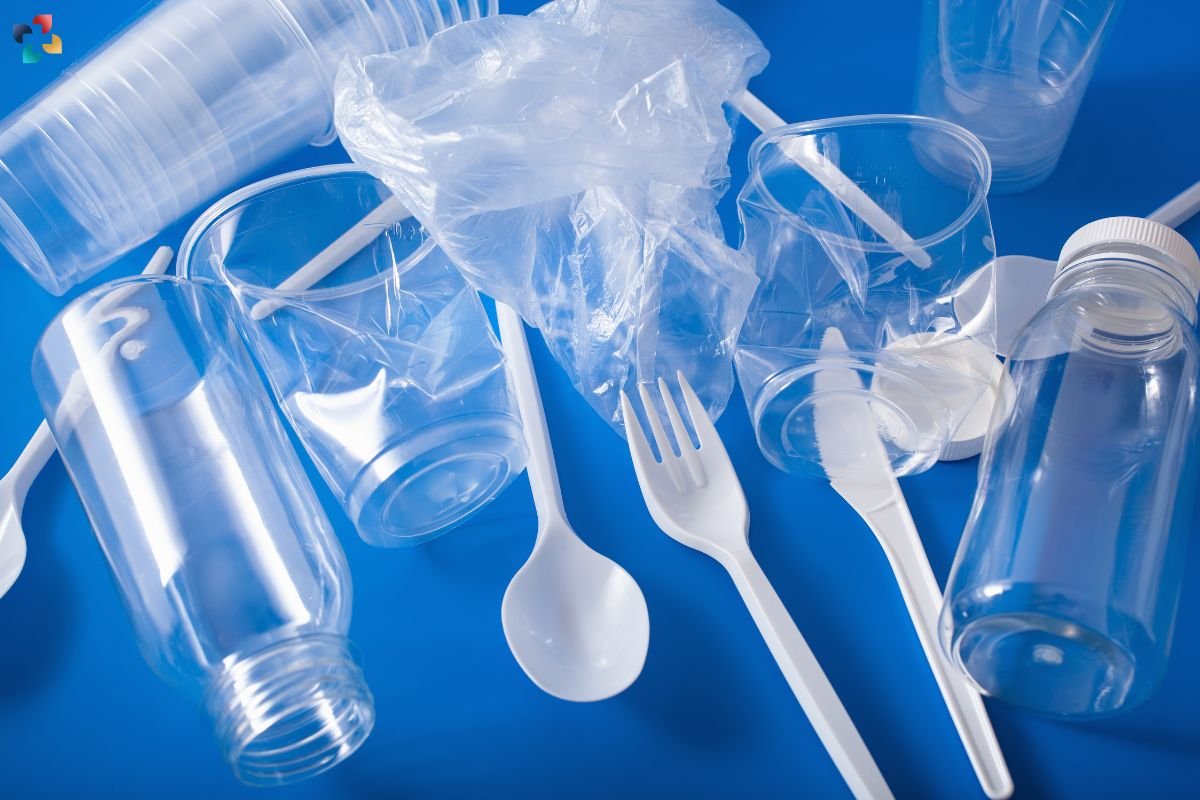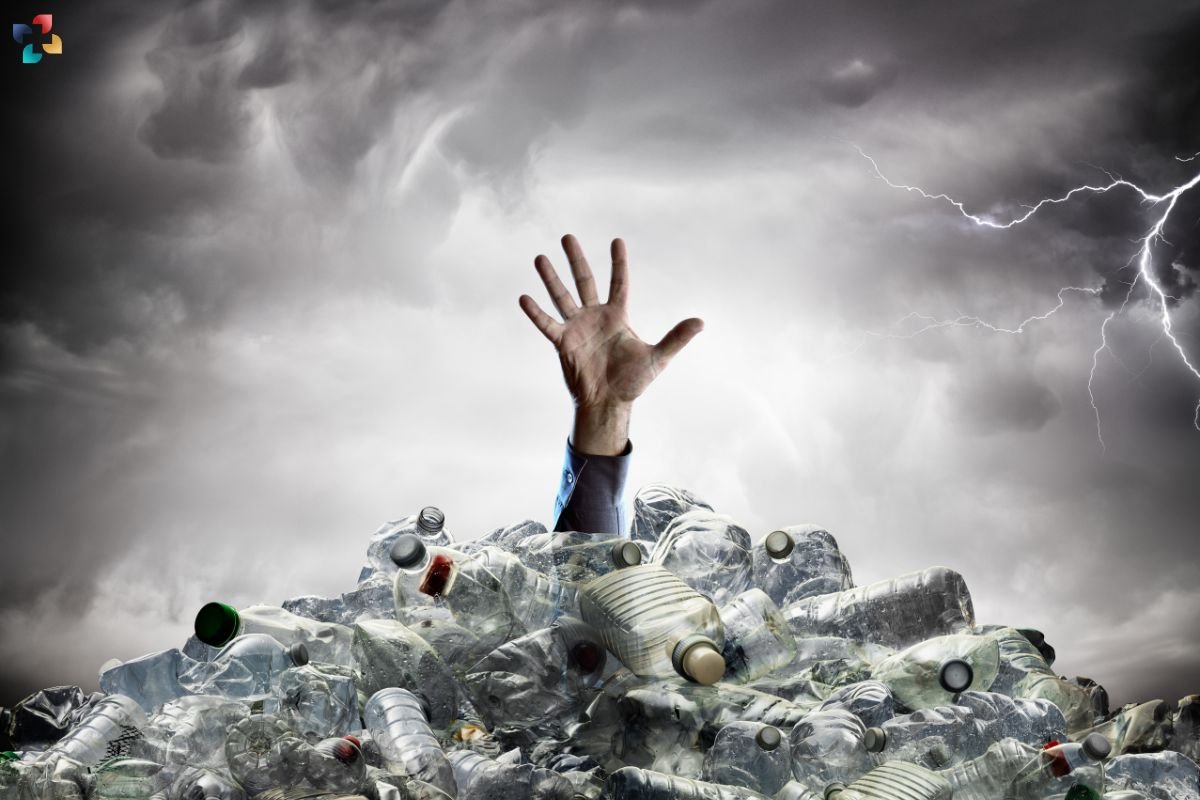In today’s world, the issue of plastic pollution has reached alarming levels. From clogging waterways to endangering marine life, traditional plastics pose a significant threat to our environment. In response to this crisis, the concept of degradable plastic has emerged as a potential solution. But what exactly is this plastic, and how does it differ from conventional plastics? In this comprehensive guide, we delve deep into the world of degradable plastic to understand its impact, challenges, and promise.
What is Degradable Plastic?
It refers to a type of polymer that undergoes degradation or breakdown into smaller components under specific environmental conditions, such as exposure to light, heat, oxygen, or microorganisms. Unlike conventional plastics, which persist in the environment for hundreds of years without breaking down, these plastics have the ability to undergo biodegradation, composting, or photodegradation, thereby reducing their environmental footprint.
Types of Degradable Plastic
There are several types of these plastics, each with its own mechanism of degradation:
1. Biodegradable Plastics:
These plastics are designed to be broken down by microorganisms, such as bacteria or fungi, into natural byproducts like water, carbon dioxide, and biomass. Common examples include polylactic acid (PLA), polyhydroxyalkanoates (PHA), and starch-based plastics.
2. Oxo-degradable Plastics:

It contains additives that facilitate fragmentation when exposed to oxygen and UV light, leading to the formation of smaller particles. While they do not fully biodegrade, they break down into smaller pieces over time, potentially reducing their environmental impact.
3. Compostable Plastics:
Compostable plastics are similar to biodegradable plastics but undergo degradation specifically in composting facilities, where they break down into nutrient-rich compost that can be used to enrich soil. These plastics are often made from renewable resources and are certified to meet specific compostability standards.
The Environmental Impact of Degradable Plastic
While it offers the promise of reducing plastic pollution, its environmental impact is not without controversy. Critics argue that some degradable plastics may only break down into smaller microplastics, which can still pose a threat to ecosystems and wildlife. Moreover, the production of this type of plastic often requires fossil fuels and may contribute to greenhouse gas emissions.
Additionally, there is a lack of standardized labeling and certification for this type of plastics, leading to confusion among consumers and challenges in waste management systems. Without proper infrastructure for composting or recycling, degradable plastics may still end up in landfills or the environment, where their degradation process may be significantly delayed.
The Future of Degradable Plastic
Despite these challenges, the development of this continues to evolve, driven by advances in technology and growing environmental awareness. Researchers are exploring innovative materials and manufacturing processes to improve the biodegradability, durability, and cost-effectiveness of degradable plastics.

Moreover, governments and organizations are implementing policies and initiatives to promote the use of these plastics and incentivize the development of sustainable alternatives to traditional plastics. From bans on single-use plastics to investment in recycling infrastructure, there is a concerted effort to transition towards a circular economy where plastics are reused, recycled, or replaced with eco-friendly alternatives.
Embracing Innovation: Advances in Degradable Plastic Technology
Continuing advancements in this plastic technology are driving the development of more sustainable and efficient materials. Researchers are exploring novel approaches such as enzyme-assisted degradation, where enzymes are used to accelerate the breakdown of plastics into harmless substances. This holds promise for enhancing the biodegradability of plastics while minimizing environmental impact.
Furthermore, the integration of renewable resources into the production of degradable plastics is gaining traction. Bioplastics derived from plant-based sources, such as corn, sugarcane, or algae, offer a renewable alternative to petroleum-based plastics. These bio-based materials not only reduce reliance on fossil fuels but also have the potential to biodegrade more readily in natural environments.
Addressing Challenges: The Role of Regulation and Education
Effective regulation and public education are essential for maximizing the benefits of degradable plastics while mitigating potential risks. Governments can play a key role in establishing clear standards and certification processes for degradable plastics, ensuring transparency and accountability in the industry.

Moreover, educating consumers about the proper disposal and recycling of these plastics is crucial for preventing contamination of ecosystems and waste streams. Providing clear labeling and guidance on how to dispose of degradable plastics responsibly can empower individuals to make informed choices and reduce their environmental footprint.
Collaborative Solutions: Partnerships for a Sustainable Future
The transition to a sustainable plastics economy requires collaboration across sectors and stakeholders. Industry partnerships can foster innovation in the development and adoption of degradable plastics, while collaborative initiatives involving governments, NGOs, and academia can drive policy reforms and infrastructure investments.
Furthermore, engaging with communities and fostering dialogue around the environmental impacts of plastics can raise awareness and mobilize collective action. By working together towards shared goals, we can create a more resilient and sustainable future for generations to come.
Conclusion: A Call to Action
The journey towards a world free from plastic pollution requires concerted efforts and collective action. Degradable plastics offer a promising pathway toward reducing the environmental burden of plastic waste, but their success depends on widespread adoption, responsible production, and effective waste management.
As we navigate the complexities of sustainability and innovation, let us seize the opportunity to embrace degradable plastics as part of a holistic approach to environmental stewardship. By harnessing the power of technology, regulation, and collaboration, we can pave the way toward a cleaner, healthier planet for all.
Together, let us embark on this journey towards a future where degradable plastics play a central role in shaping a more sustainable world for generations to come. The time for action is now, and the stakes could not be higher. Let us rise to the challenge and create a legacy of environmental responsibility and stewardship that will endure for centuries to come.

Embracing Ethanol Biofuel: A Sustainable Energy Solution
This article delves into the intricacies of ethanol, exploring its production process, benefits, challenges, and its role in shaping the future of energy consumption.











